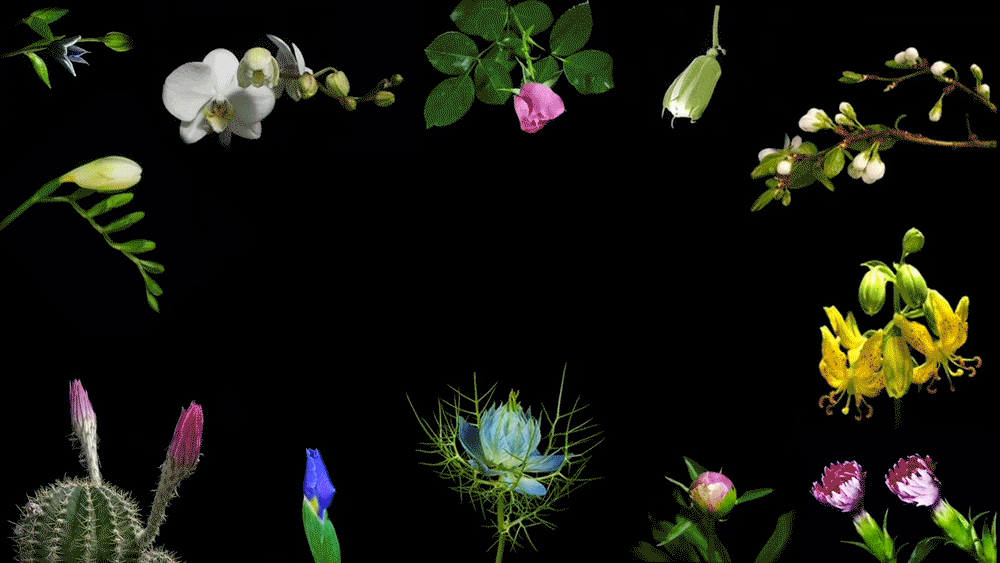Everyone likes flowers.
Of course. Flowers appeal to the aesthetic in us. Our appreciation for flowers probably can be dated back to the dawn of civilization. Different cultures have assigned different meanings to different flowers, weaving them into traditions, literature, music, art, medicine, and beyond.
Despite their remarkable morphological diversity, ALL flowers originate from a dome of stem cells known as the floral meristem (FM). Activities of the FM determines the position, number, and identity of floral organs, almost as if following a developmental blueprint. This underlying framework is often referred to as the floral ground plan. Its proper establishment is crucial for reproductive success and requires precise coordination across multiple developmental pathways.
One major goal of our lab is to understand how the parameters of the floral ground plan are specified, interconnected, and diversified across evolutionary lineages. Currently, our work focus on uncovering the molecular mechanisms that establish positional information in the FM, and how these positional cues integrate with pathways controlling floral organ number and identity.
The plant system that we use to carry out most of the work is Mimulus parishii (#MimulusPropaganda), a powerful, cute, easily-transformable, emerging system for plant developmental studies.
-

Using high-resolution live-imaging, spatial transcriptomics, and modeling, we ask what are the molecular networks that determine dorsal-ventral positional information in the FM at the earliest stage.
-

Using biochemical analysis, phylogenetic foot-printing, and synthetic biology, we ask what are the molecular mechanisms that enabled bilateral symmetry to evolve so many times among flowering plants.
-

Using transgenic manipulation, comparative morphological analysis, and microscopy, we ask what are the molecular pathways underly the transitions between different phyllotaxies.

